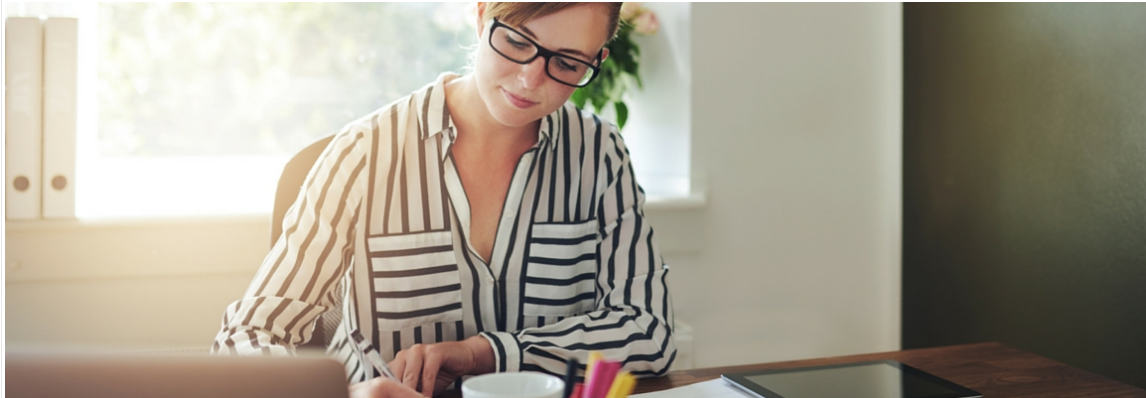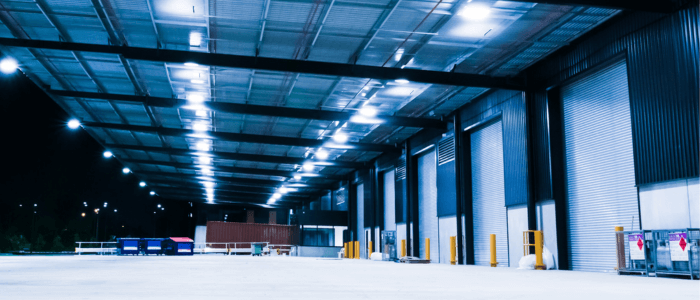Are you running your business in leased premises? It may surprise you to learn that even if you do not own the property from which you are based, you are still entitled to claim depreciation on any improvements you have made to it.
As a tenant, any expenses you incur on fit-out and improvements can be claimed as depreciable assets and capital claims.
For example, you might have installed partitioning, counters or desks. You might also have put down new carpet, painted the walls, hung new blinds and fitted out a new kitchen.
The good news is that even though you are only leasing the property, all these items can still be depreciated while you are operating from the premises.
Making Good and Residual Value
When it comes time to be moving on, you may be asked to ‘make good’ the property – which means returning it back to the way it was when you moved in. Once again, there’s some tax value in this for you because in many cases, you will be able to demolish (or ‘scrap’) the works and claim the residual value as an immediate deduction.
Let’s say you had to remove a kitchen and some partitioning. Any effective life determined to still be existing within these assets has a value, and the value becomes an immediate write-off when the item is scrapped. But it’s vital to have these items valued by a quantity surveyor like Capital Claims Tax Depreciation to ensure you can leverage their scrapped value, as well as their depreciation.
Transferring Depreciation Benefits
Depending on your lease, your landlord may want you to leave your fit-out as is when you move on. If so, the benefits of any further depreciation down the line then transfer to the landlord. Additionally, when you buy a new business that’s already based in a leased premises, you then become entitled to claim depreciation of the existing fit-out.
But the key to taking advantage of all these breaks is to have a tax depreciation schedule done for you. That’s where Capital Claims Tax Depreciation can help!
Case Study
Our clients, a professional services firm, completed an internal refurbishment in an office space in Brisbane CBD and opened for business in early May 2019. Our clients are leaseholders and business owners but do not own the building.
Our process involved a site inspection, identification of all depreciable assets, estimation of construction costs for the kitchen as full costs were not available, valuation of all assets where costs were not available, application of relevant effective lives, forecasting of depreciation over 40 years including utilisation of low cost and low value pooling, report quality assurance.
Division 43 capital works included a new kitchen, partition walls and cabling, with a total construction cost of $221,458.
Division 40 assets totalled $362,304 (Diminishing Value + Pooling) and include:
Changed from a dot point list to a table:

The Income Tax Laws for small businesses at the time this fit-out was completed, allowed our clients to qualify as a small business (less than $50 million in turnover), and so all individual assets valued at $30,000 (ex GST) or less were eligible for immediate write-off in the first year.
Below is a summary of the 40-year projection of claims for the business. You can see the spike in deductions for the 2019 financial year when immediate write-off is claimed on a bulk of the Plant and Equipment assets, and then ongoing claims for the full 40 years as higher value assets depreciate and drop into the low value, and the kitchen (Division 43) also continues to depreciate.
The cumulative depreciation claimable across the first 10 years equals $411,652. This client was referred by one of our valued accounting partners, and the report fee was less than $2,000.

For advice on claiming depreciation on your leased premises and the assets contained within, don’t hesitate to contact us on 1300 922 220, or email Alex our commercial property expert at alexk@capitalclaims.com.au. Alex has over 20 years’ experience in the tax depreciation industry.
FAQ’s
What is a fit-out in a lease?
In most cases, tenants are responsible for the costs involved in installing fixtures and fittings in their shop, which is commonly known as the fit-out. The fit-out can be a considerable expense for the tenant and may require a substantial amount of time to be fully accomplished.
What is an example of a fit-out?
A fit-out is the process of transforming an empty space into a functional and aesthetically pleasing environment. This includes installing floors, ceilings, partitions, furnishings, and essential building services like cabling and internet connectivity.
Related articles:
Tips for small businesses to maximise asset related tax deductions








